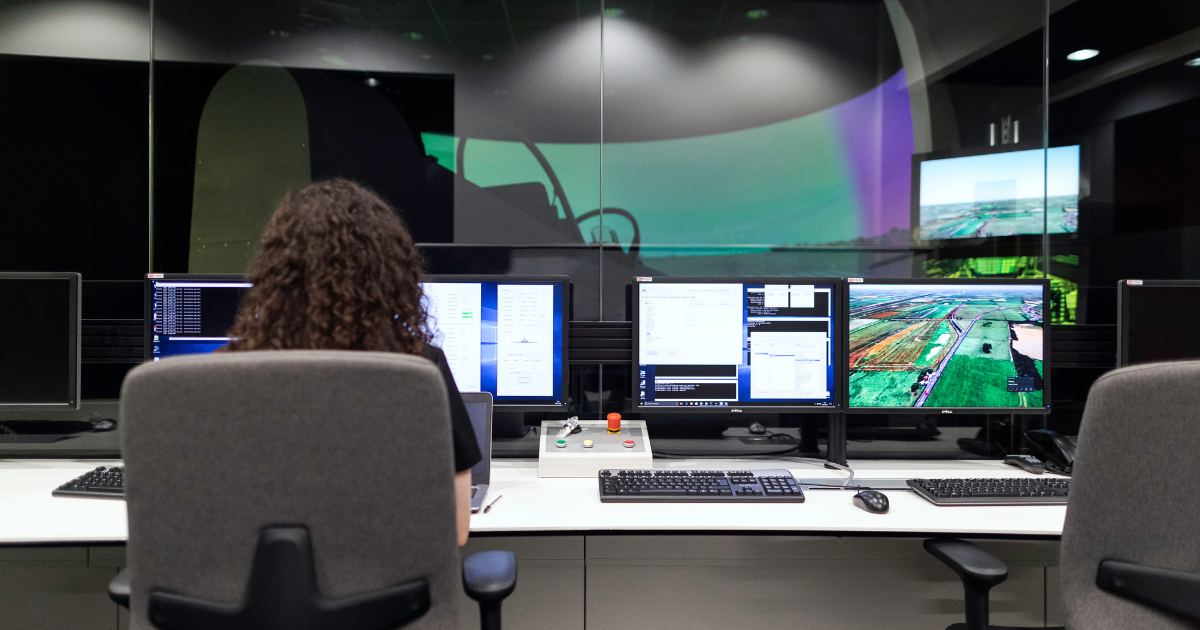It is difficult to identify a single “father of QA” as the field of quality assurance has evolved and has been influenced by many individuals and organizations. However, one person who is often credited with laying the foundations for the modern field of QA is Dr. W. Edwards Deming.
Dr. Deming was an American engineer, statistician, and management consultant who developed the “Deming Cycle” (Plan-Do-Check-Act), which later on became the basis for the PDCA (Plan-Do-Check-Act) cycle, also known as the Deming Wheel, which is widely used in the field of quality management and quality control. He was also known for his work in Total Quality Management (TQM), which emphasized the importance of continuous improvement and the involvement of all employees in the quality improvement process.
Dr. Deming’s ideas and methods have significantly impacted the field of quality assurance and have been adopted by many organizations worldwide. The American Society has recognized his work for Quality (ASQ) and named the Deming Prize, an annual award for excellence in quality management and improvement, in his honor.
His teachings and methodologies are still widely used today and considered one of the bases for modern QA practices; that’s why many consider him the father of Quality Assurance.
The history of software testing can be traced back to the early days of computing when the first computers were developed in the 1940s and 1950s. At the time, testing was not yet formalized, and the focus was primarily on ensuring that the computer hardware was functioning correctly.
As software became more significant in computing, the need for testing software became increasingly important. In the 1960s and 1970s, software testing began to take on a more formalized approach. This was due to the increasing complexity of software systems and the need to ensure they function correctly.
One of the earliest formalized approaches to software testing was the “waterfall” method, which was developed in the 1970s. This method involved a linear, sequential process in which testing was conducted only after the software had been fully developed. This approach was widely used in developing large, complex software systems, such as those used in the aerospace and defense industries.
The need for more efficient and effective testing methods became apparent as the use of computers and software continued to grow in the 1980s and 1990s. This led to the development of new testing approaches such as “agile” and “extreme programming” (XP). These methods emphasized the importance of continuous testing and feedback throughout the development process rather than waiting until the end of the development cycle.
In the 21st century, software testing has continued to evolve, with new technologies and approaches emerging, such as “DevOps” and “Continuous Integration/Continuous Deployment” (CI/CD). These approaches aim to streamline the software development process further, enabling faster and more efficient delivery of software.
The history of software testing has been a story of evolution, with new methods and technologies emerging to meet the changing needs of software development. From the early days of computing, when testing was a relatively informal process, to the present day, when testing is a critical part of the software development process, software testing has played a key role in ensuring the reliability and quality of software systems.



